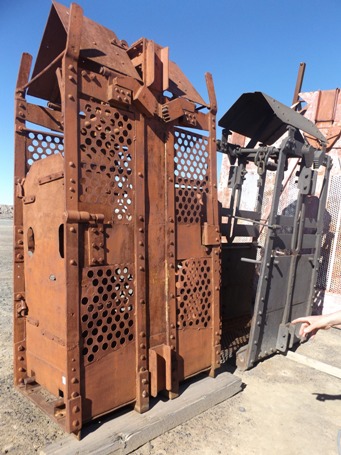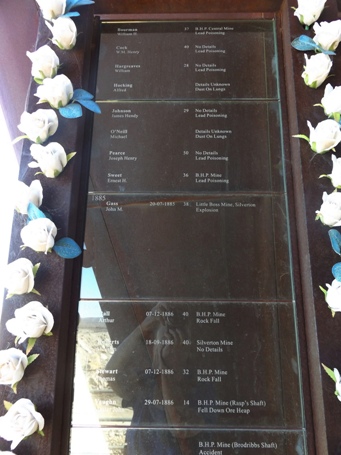Australia So Much to See
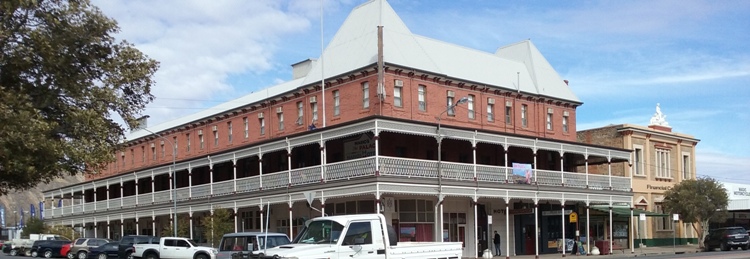
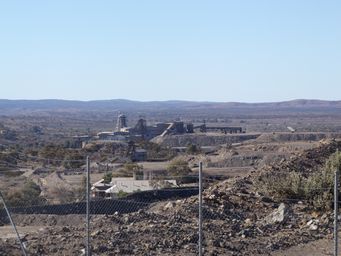
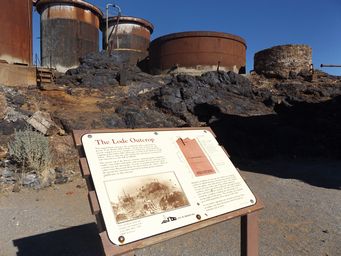
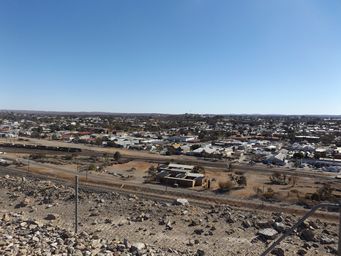
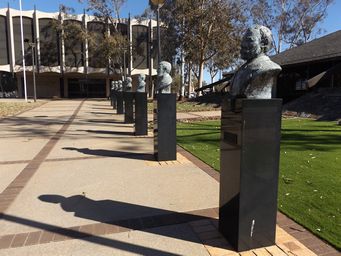
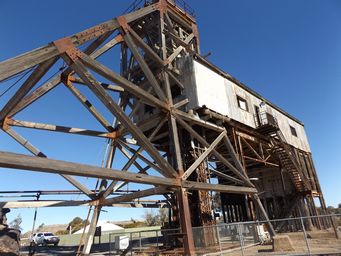
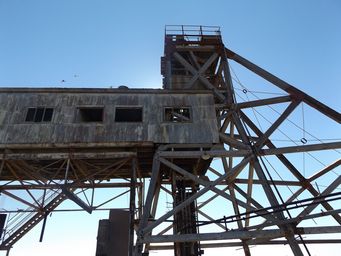
Built on mining, and now an art and cultural heritage city, Broken Hill became Australia’s first heritage listed city, having been
included on the National Heritage List in 2015.
This listing was in recognition of the city’s significant mining history and
contribution to the Australian and International mining and resources industry. The listing also recognises Broken Hill’s contribution
to industrial relations, with many conditions of employment, including workplace safety originating from Broken Hill.
There are a number of historic hotels in the city but the most famous and impressive is the three storey Palace Hotel (above). The
elaborate interior is lined with murals. A bit more history about the Palace Hotel, which started as a coffee shop in 1889 but
due to unprofitability became a licensed hotel in 1892.
Mario Celotto purchased the building in the early seventies
and set about transforming the building with art. Mario painted the enormous tribute to Botticelli's 'Birth of Venus' on the roof,
and he may well be responsible for some of the other naked ladies such as those above the main bar.
But the majority of paintings
that adorn the walls were done by Gordon Waye, a talented Aboriginal artist, with paintings of waterfalls, lush pastoral scenes, Aboriginal
tribesmen, and the occasional naked lady.
The Palace Hotel, which featured in the 1994 movie "Priscilla, Queen of the Desert", is currently owned by a syndicate of Broken Hill locals.
An annual festival, Broken Heel, is a three day
event held each September to celebrates the theatrical anniversary of "Priscilla, Queen of the Desert" centred at the Palace Hotel
which featured in the movie.
References include
The first European settler to visit the area was then Surveyor General of New South Wales, Major Thomas Mitchell, in 1841. In 1844,
the explorer Charles Sturt saw and named the Barrier Range while searching for an inland sea; naming it because it blocked his journey
north. Charles Sturt at the time referred to a "Broken Hill" in his diary. The "broken hill" Sturt saw is believed to be a number
of hills that appeared to have a break in them. This broken hill no longer exists, having been mined away.
Burke and Wills passed
through the area on their famous 1860–61 expedition, setting up a base camp at nearby Menindee. Pastoralists first began settling
the area in the 1850s, and the main trade route to the area was along the Darling River.
Broken Hill was founded in 1883 by boundary rider Charles Rasp, who patrolled the Mount Gipps fences. In 1883 he discovered what he
thought was tin, but the samples proved to be silver and lead. The orebody they came from proved to be the largest and richest of
its kind in the world.
Rasp and six associates founded the Broken Hill Proprietary Company (BHP) in 1885 as the Syndicate of
Seven. By 1915 BHP had realised that its ore reserves were limited and begun to diversify into steel production.
Mining at the
BHP mines at Broken Hill ceased 28 February 1939. BHP was not the only mining operation at Broken Hill though, and mining continued
at the southern and northern ends of the Line of Lode. Currently the southern and northern operations are run by Perilya Limited.
North Mine from Line of Lode
This area at the northern end of the ore body was first pegged in 1883, and the Broken Hill Silver
Mine formed in 1885. When the company became North Broken Hill Ltd in 1912, the mine was one of the largest in Broken Hill. North Mine was mostly closed in the early 1990s and last operated in 2008.
There was some activity taking place, with an application byPerilya Limited to re-commence mining here, with North Mine expected to be online and producing ore in early 2018.
The North
Mine resource contains 3.7 million tonnes at 11.3 per cent zinc, 13.5 per cent lead and 219 g/t silver making it one of the highest
grade deposits in the world.
Broken Hill's massive orebody, which formed about 1,800 million years ago, has proved to be among the world's largest silver–lead–zinc
mineral deposits. The orebody is shaped like a boomerang plunging into the earth at its ends and outcropping in the centre. The protruding
tip of the orebody stood out as a jagged rocky ridge amongst undulating plain country on either side. This was known as the broken
hill by early pastoralists. Miners called the ore body the Line of Lode.
The Line of Lode, featuring a lookout over
the city with an outdoor museum, Miner's Memorial, and a Cafe with wine bar, is now a huge mullock heap that separates Broken
Hill and South Broken Hill.
Overlooking Broken Hill from the top of the Line of Lode.
Looking north west across the railway lines to Crystal Street,
and the city beyond. On the far side of the city (on the horizon in the centre of the photo) is Rocky Hill, with
town water supply tank, microwave telecommunications antenna, and Southern Cross Television transmitter.
Above and above right, the former Junction Mine headframe on display atop the Line of Lode.
At right are lift cages,
once used to transport the miners down into the underground mines.
Below is earth moving loader which used to work
in the underground mines.
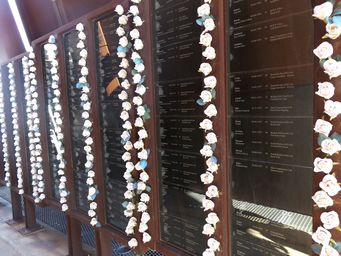
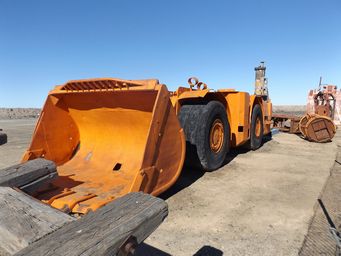
References:
Broken Hill, New South Wales - history, mining and art
